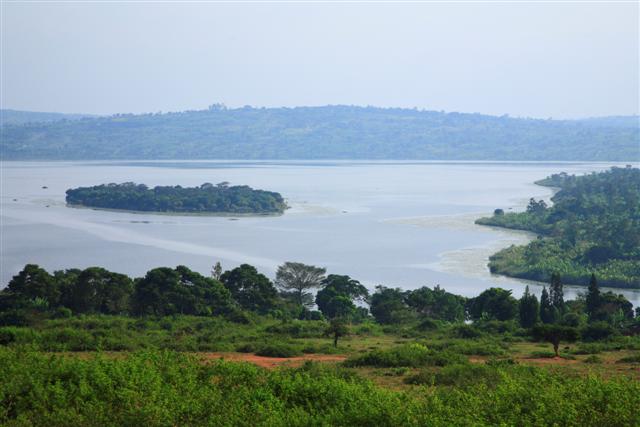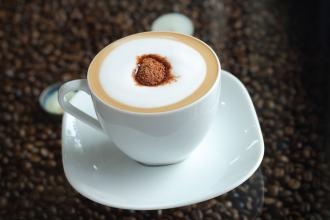Rose Geisha Columbia Cauca Cauca Valley Hope Manor Juice Sweet flavor
Boutique coffee (specialty coffee) is also called "specialty coffee" or "select coffee". It refers to coffee made from a small number of raw beans with excellent taste grown in an ideal geographical environment. Depending on the special soil and climatic conditions in which they grow, they have outstanding flavor. After strict selection and classification, this kind of coffee can be regarded as a selection of coffee beans because of its hard texture, rich taste and excellent flavor.

The opportunity the manor would like to see at that time was "Geisha" (also known as a geisha). After the Panamanian Emerald Manor became famous because of the rediscovery of rose summer in the garden, coffee farms around the world were studying the possibility of planting rose summer, but there was no rose summer variety in Colombia. It was hoped that the manor owner Rigoberto Herrera sent the chief botanist Hernando Tapasco to Panama to study, rented La Cardeida Farm next door to the Bogut Emerald Manor, and Tapasco himself stayed in Bogut for a year. Thoroughly study the planting and production technology of Rosa rugosa.
In December 2006, the Hope Manor bought the Cerro Azul in Colombia's Cauca Valley, the geographical environment is very close to Poquette, the warm air rising from the Cauca Valley and the cold air from the Pacific meet at the manor. The manor has 20 hectares of arable land between 1700 and 1950 meters above sea level, originally planted with Caturra. In September 2007, 35,000 rose summer trees were planted. Unexpectedly, two months later, some of the saplings died, and Rigoberto's brother wanted to give up, thinking that the wind was too cold for planting and should be changed to cattle pasture. Rigoberto refused to admit defeat, insisted on replanting, and planted windbreaks on the top so that the strong wind would not destroy the coffee shrubs.
The rosy summers survived and won the second place in the annual World Coffee Competition of the American Fine Coffee Association in 2012, and the rosy summers of the other two estates of Hope Manor. A total of three places in the top 10: second, third and seventh, creating an incredible treble.
Hope that the manor is different from other manors, with doctoral botanists, three professional cup surveyors, 100 full-time employees, and currently manages a manor under its jurisdiction. The estate is owned by the Herrera brothers. In fact, the grandfather of the Herrera brothers, who ran a coffee farm in the Trujillo district of Colombia, gradually declined, and the two brothers left Colombia. But they did not give up their dream of going back to their hometown to run a coffee farm.
The first estate that Herrera bought when he returned home was Trujillo's La Esperanza, which is very close to their grandfather's original farm and is now used as a regional headquarters. The manor itself is 100% organic, with a variety of coffee trees including Colombian species, Castillo, Caturra and more than 14000 organic roses. Next, Herrera bought four estates in Trujillo and Caicedonia, north of Trujillo. Together with the La Cardeida estate in Boquete, Panama, which was leased in 2005, it now has six estates and a total coffee planting area of 213 hectares.
Important Notice :
前街咖啡 FrontStreet Coffee has moved to new addredd:
FrontStreet Coffee Address: 315,Donghua East Road,GuangZhou
Tel:020 38364473
- Prev

Introduction of Kimmel Manor in Lutesilo producing area, West Malaba Coffee Province, Rwanda
The country mainly grows Arabica, although this country does not have gourmet coffee, but because of its soil, altitude, climate and other three conditions, so its coffee has a distinctive aroma and taste. According to Fuligao coffee experts, Rwandan coffee has the characteristics of tropical climate, which not only has the sweet taste of fruit, but also gives people a refreshing and fresh feeling. Coffee in Rwanda
- Next

Coffee from Kilimanjaro, Tanzania introduces the fire area of Mount Kilimanjaro in the northern highlands.
The main coffee producing area of Tanzania is located at the foot of Mount Kilimanjaro, which is rich in volcanic soil. Some coffee trees planted here are more than 100 years old. Coffee was first introduced by Christians from Kenya to grow coffee. Coffee trees must be carefully taken care of, weeded and fertilized. And the old branches must be cut off so that new ones can grow to maintain the coffee.
Related
- Does Rose Summer choose Blue, Green or Red? Detailed explanation of Rose Summer Coffee plots and Classification in Panamanian Jade Manor
- What is the difference between the origin, producing area, processing plant, cooperative and manor of coffee beans?
- How fine does the espresso powder fit? how to grind the espresso?
- Sca coffee roasting degree color card coffee roasting degree 8 roasting color values what do you mean?
- The practice of lattes: how to make lattes at home
- Introduction to Indonesian Fine Coffee beans-- Java Coffee producing area of Indonesian Arabica Coffee
- How much will the flavor of light and medium roasted rose summer be expressed? What baking level is rose summer suitable for?
- Introduction to the characteristics of washing, sun-drying or wet-planing coffee commonly used in Mantenin, Indonesia
- Price characteristics of Arabica Coffee Bean Starbucks introduction to Manning Coffee Bean Taste producing area Variety Manor
- What is the authentic Yega flavor? What are the flavor characteristics of the really excellent Yejasuffi coffee beans?

